
Donal Henahan in The New York Times:
The premiere of the new “Parsifal” on Thursday evening certainly did not signal a change in the Met’s Wagnerian course. As a sensitive representation of the music, it was beyond cavil. James Levine’s conducting, a model of concentrated rapture over the five-hour span, rightly placed emphasis on the orchestral score. His tempos at their most languorous seldom caused a sag in the Wagnerian line.
Among the beneficiaries of Mr. Levine’s experience with this music was Placido Domingo, essaying the title role for the first time anywhere The part of Parsifal proved right for him: it does not venture very high, but it requires just the kind of rich, powerful middle and lower tones that Mr. Domingo commanded all evening. Dramatically, too, one could nearly believe in his progress from innocent youth in the first act (no Wagnerian tenor is really credible there, physically or vocally) to weary middle-aged warrior at the end.
Kundry, one of the more baffling characters in Wagner, came to plausible life only intermittently. Jessye Norman, portraying the crazed seductress and mother figure for the first time, did believably suggest the tortured psyche behind Kundry’s traditional heartrending screams. She had the stamina for the duet in Klingsor’s garden, too, though her tendency to break up the vocal line into a series of gasps and moans became tiresome. . . .
The staging was clear and understandable to a fault, so intent on following Wagner’s instructions that too little was left to imagination. The most effective scene drew one into the vaulted hall of Monsalvat, the worst by a long shot virtually botched the Good Friday Spell: the meadow was dotted with wire-stemmed artificial posies that sprang back and forth whenever touched by a foot or robe’s hem. This attempt at botanical specificity effectively diverted attention from one of the work’s famously entrancing moments.
The teasing antinomies and contradictions in which “Parsifal” abounds were often lost. A literalist depiction of the Grail ceremony, for instance, tied the ritual tightly to the Roman Catholic mass, with its vestments, its altar boys, its deacon, its celebrant, its venerated chalice and its bread-and-wine communion. The work’s fascinating tangle of pre-Christian myths and symbols, which Wagner set great store by, lost much of the necessary mystery. Denied mystery, the listener might be tempted to apply logic to “Parsifal,” and that could expose its deepest flaws.
In this production, the celibate knights of Monsalvat straggle in wearing monkish robes, not armor, strengthening the tone of specific religiosity. Gone are the broadsword-bearing Arthurian and the Round Table atmosphere of the 20-year-old Nathaniel Merrill/Robert O’Hearn production. Gone, too, the perfect matching of choral movement to choral music. Though the scenic transformations go smoothly. Thanks in part to the Met’s versatile stage machinery, Mr. Schenk’s solutions tend to be unremarkable, relying almost entirely on revolving scrims to create the magical bridges.
On this day in 1885 W. S. Gilbert and Arthur Sullivan’s The Mikado premiered in London.
Birthday anniversaries of composer Georg Philipp Telemann (1681), sopranos Sari Barabas (1918) and Rachel Mathes (1941) and tenor Loren Driscoll (1928).
Happy birthday to parterre box scribe Gabrielle Ferrari!
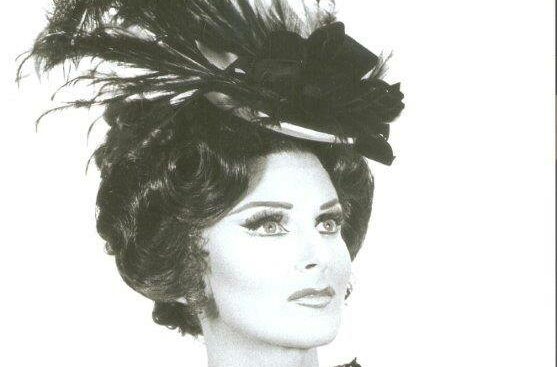

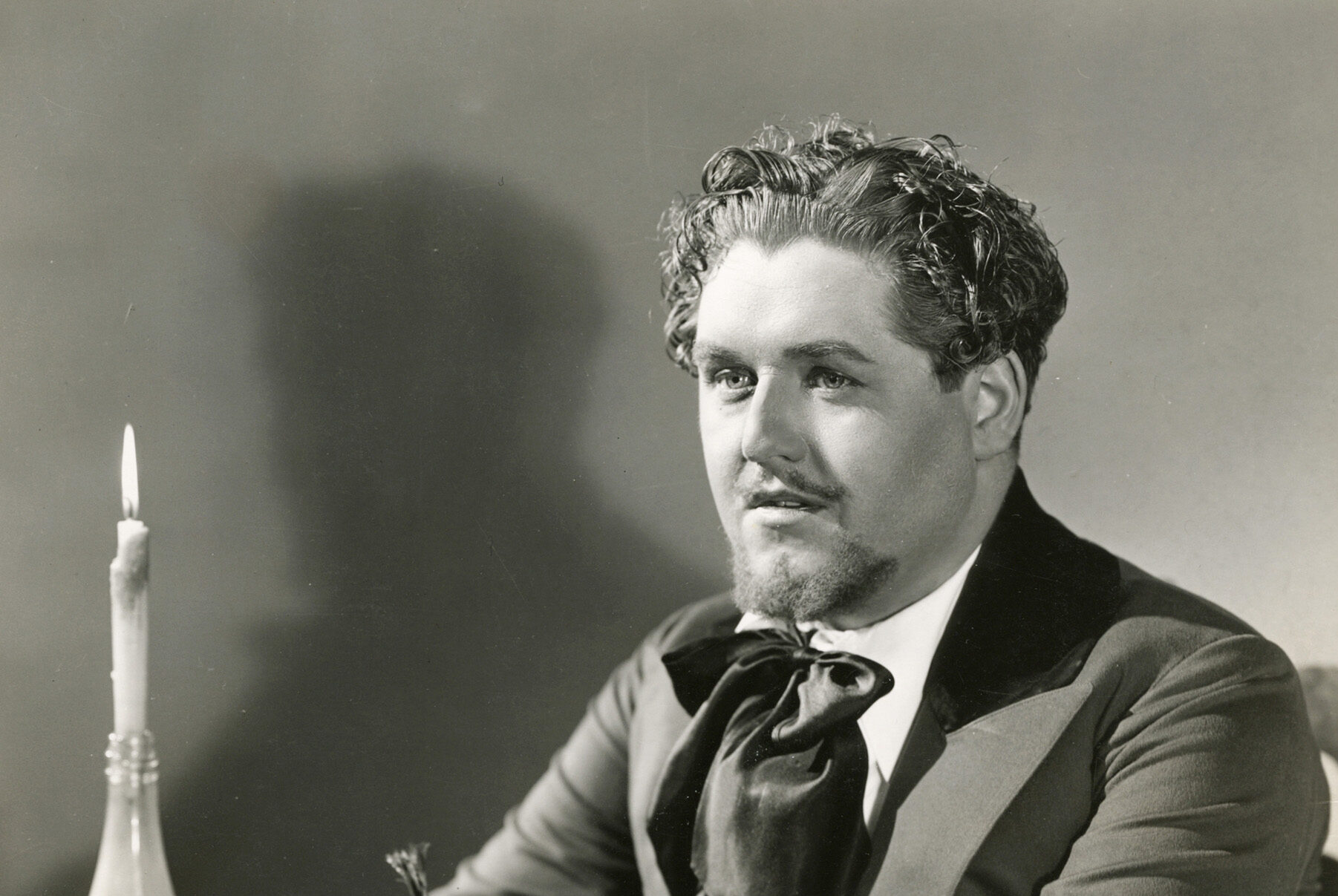
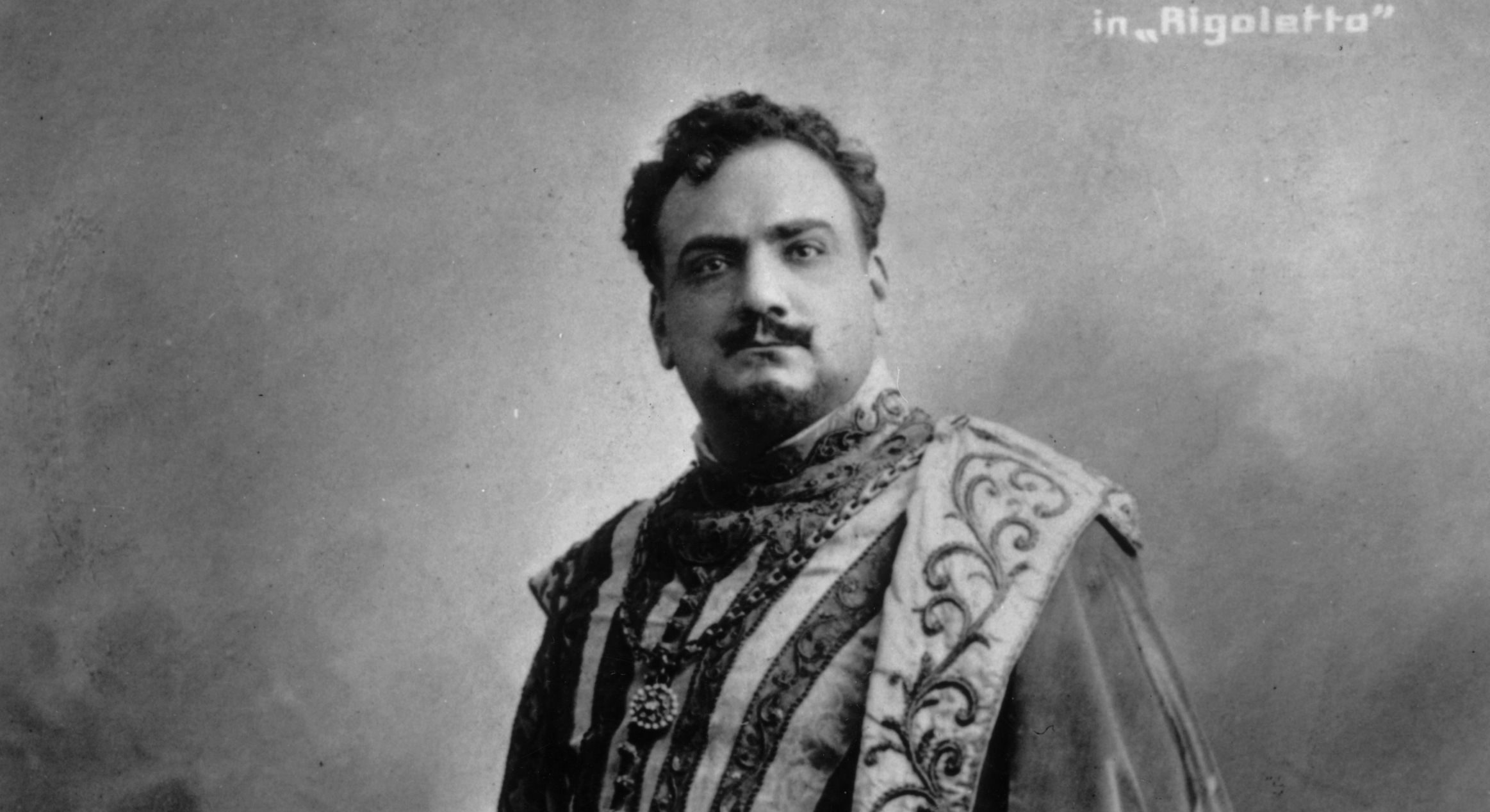
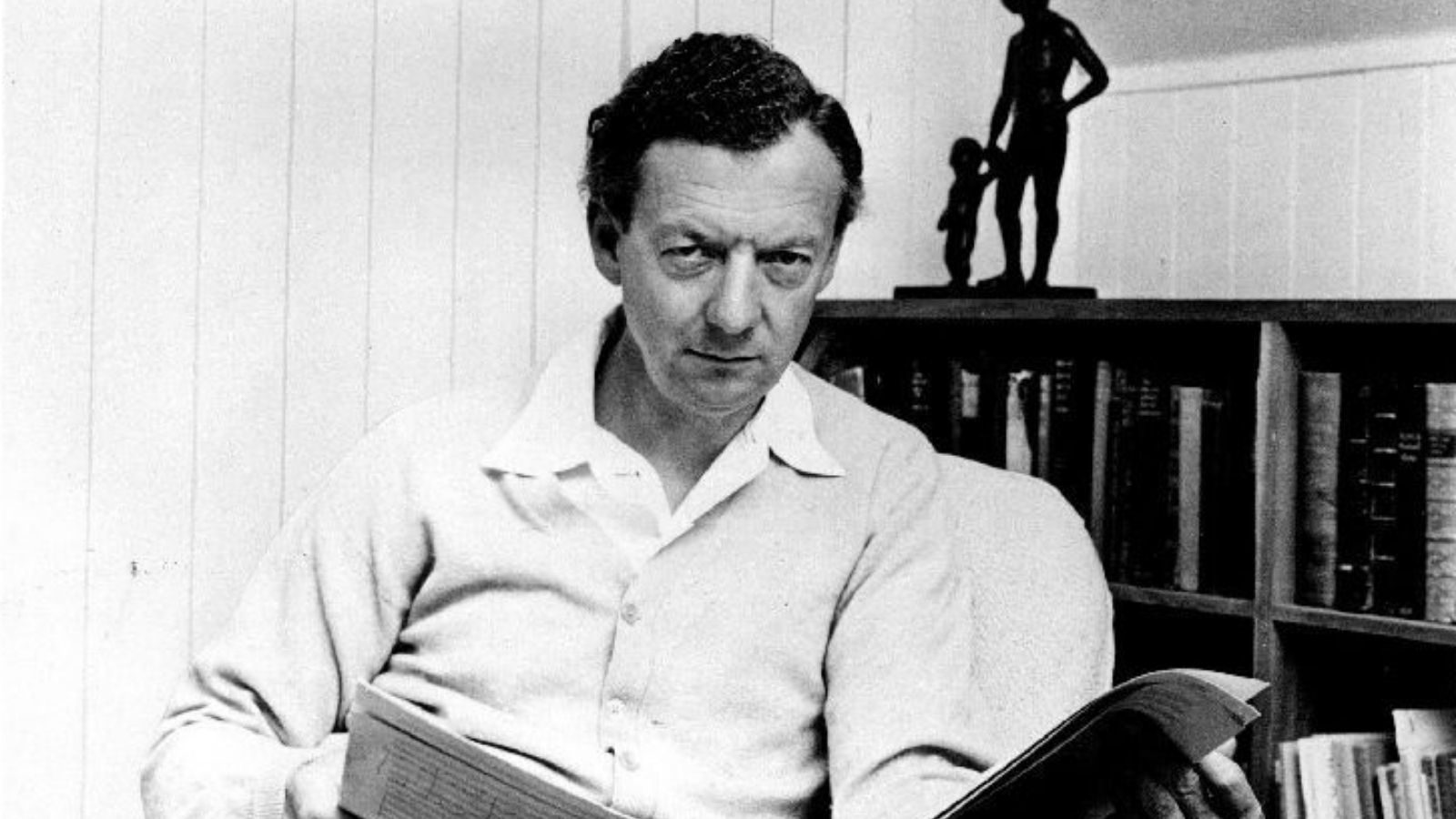
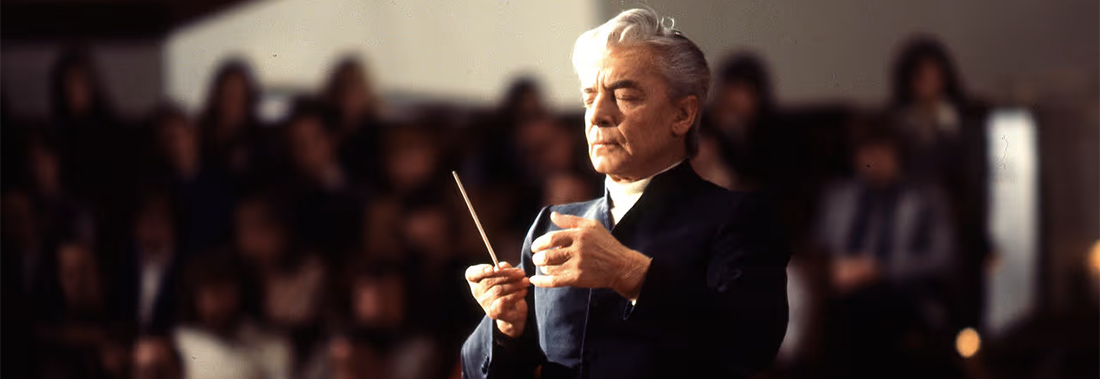
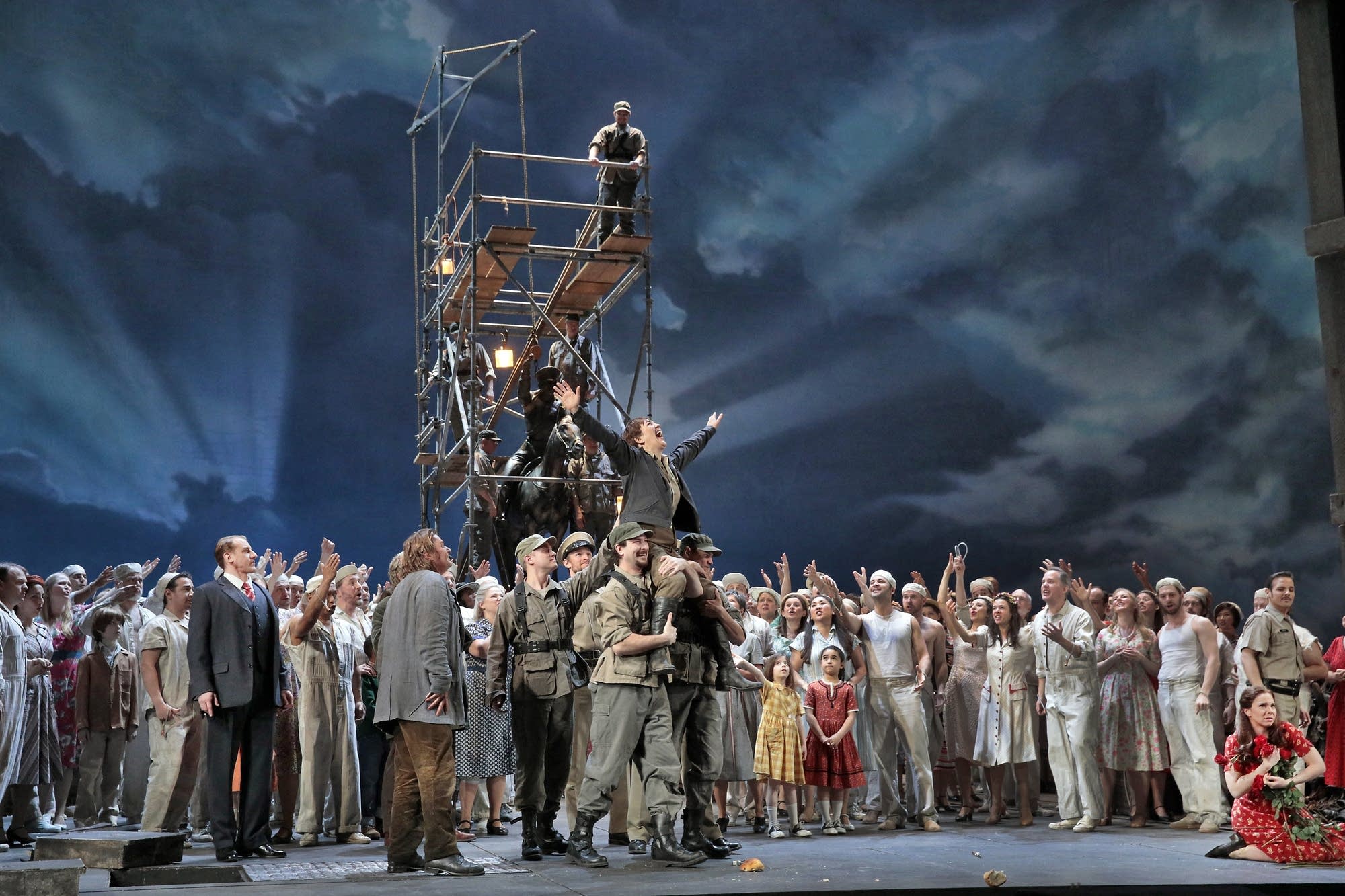
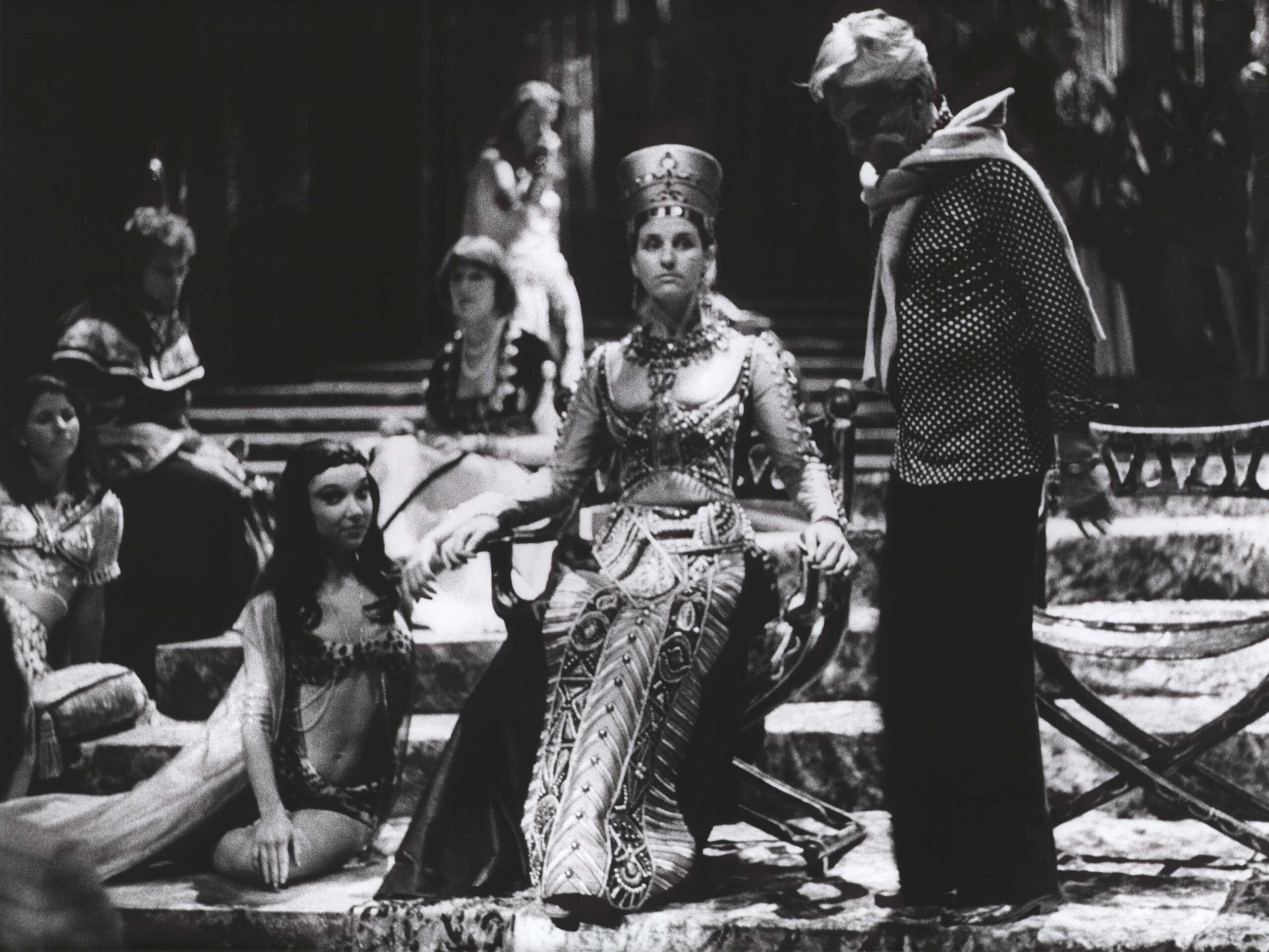
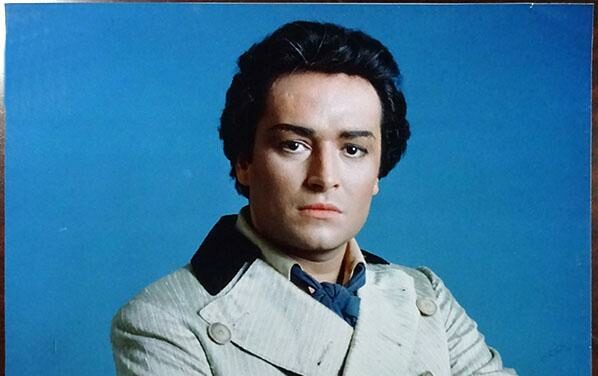
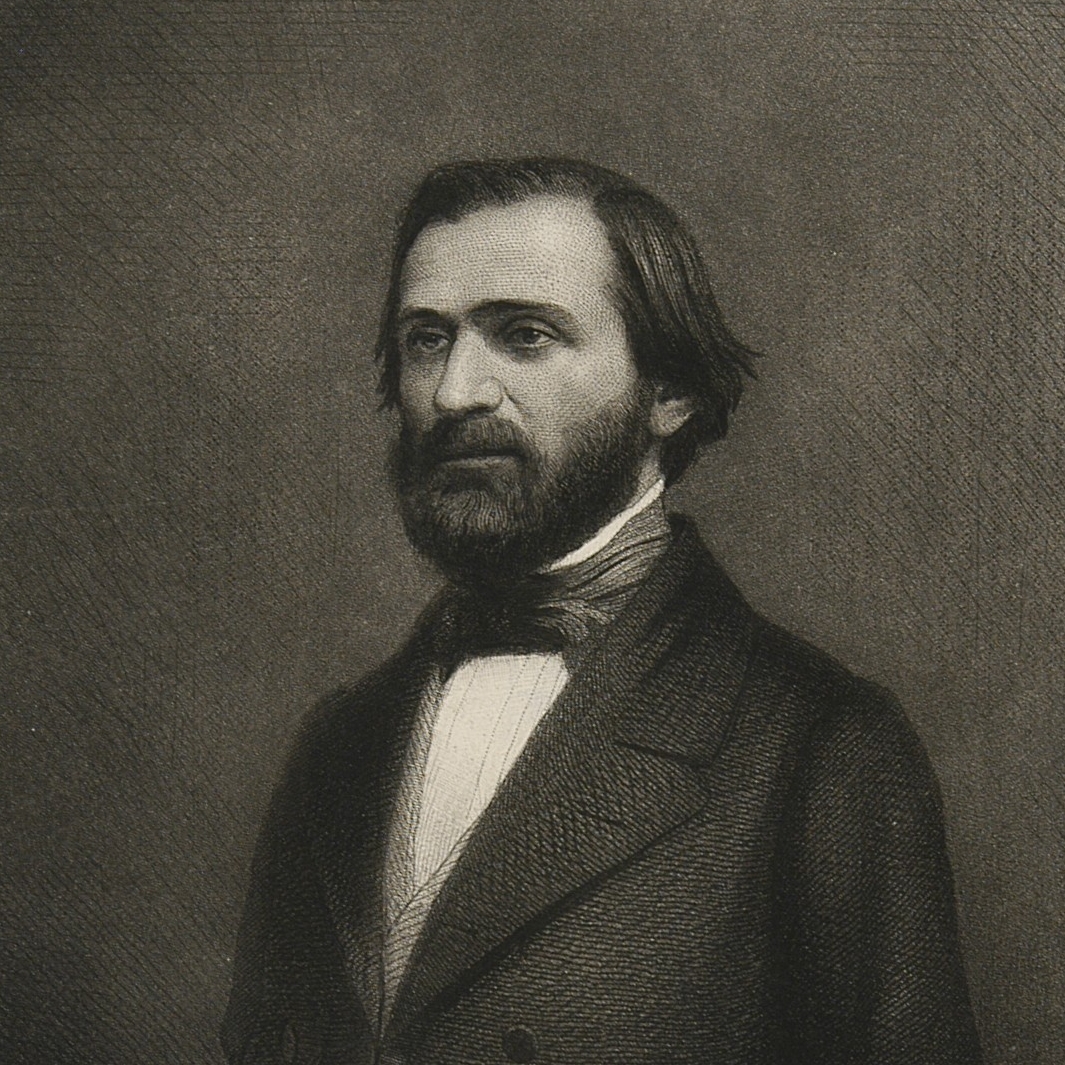
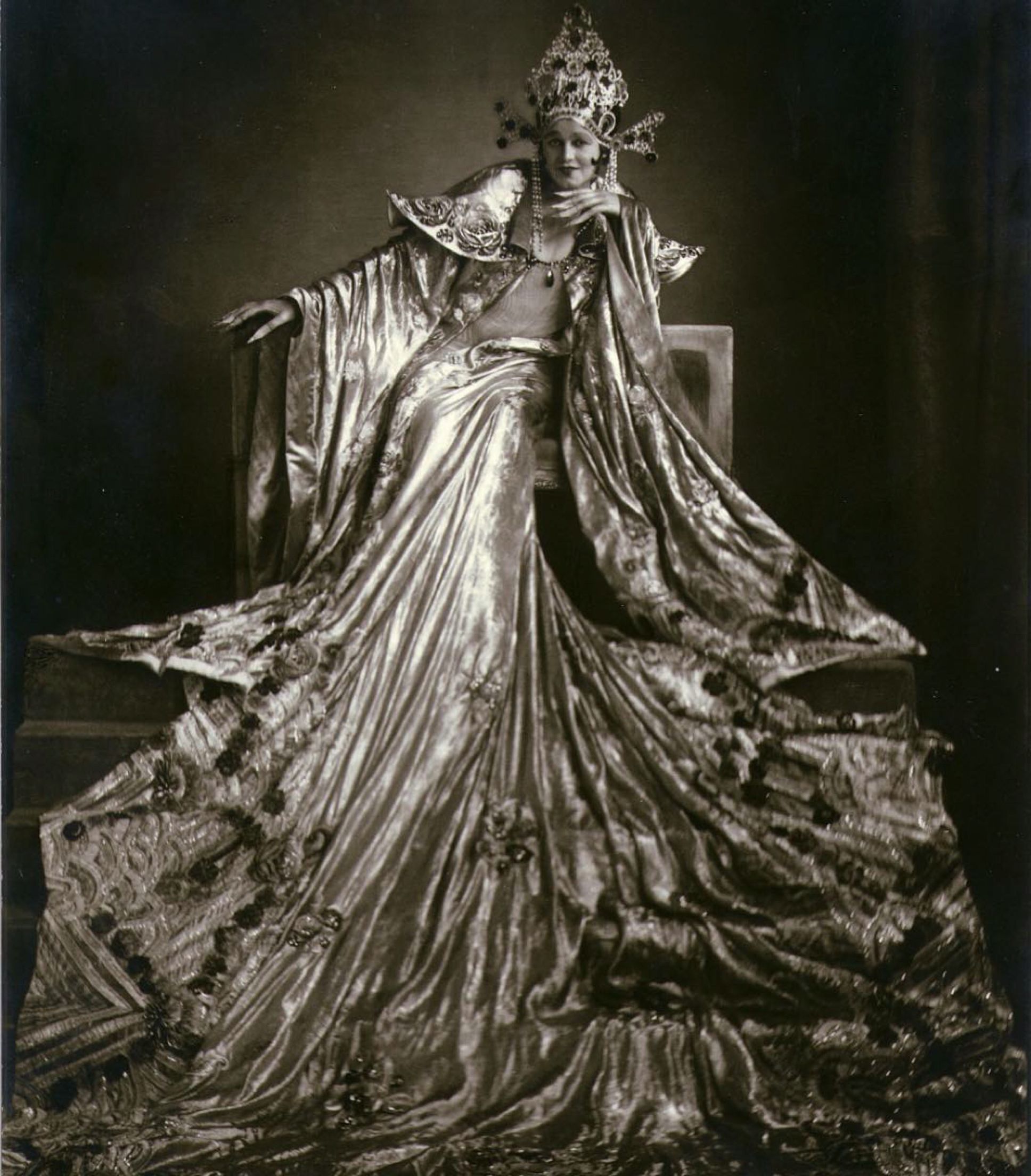
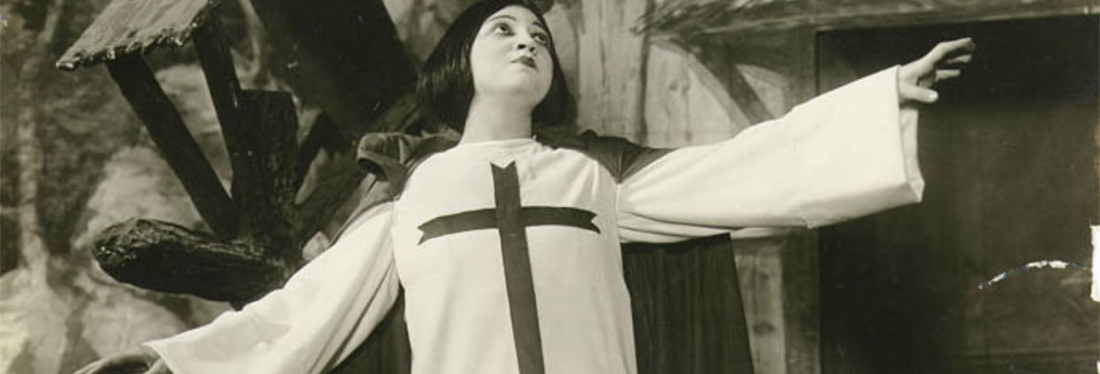

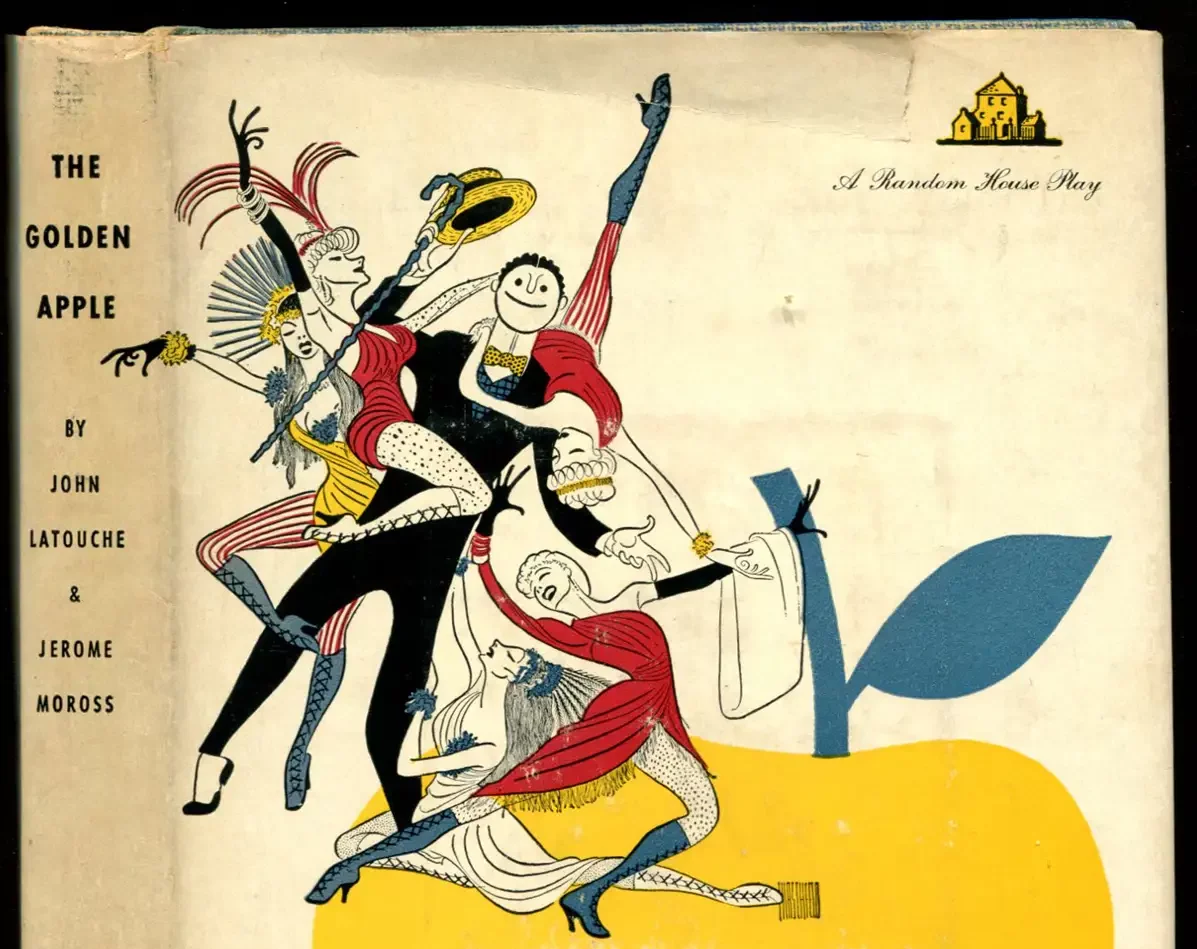

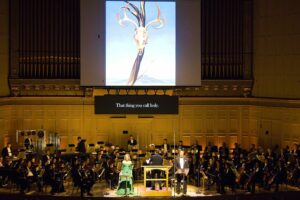

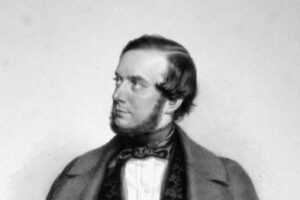
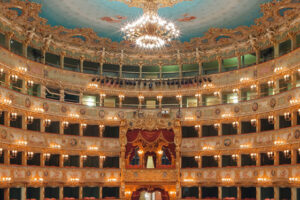
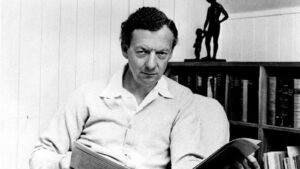






Comments